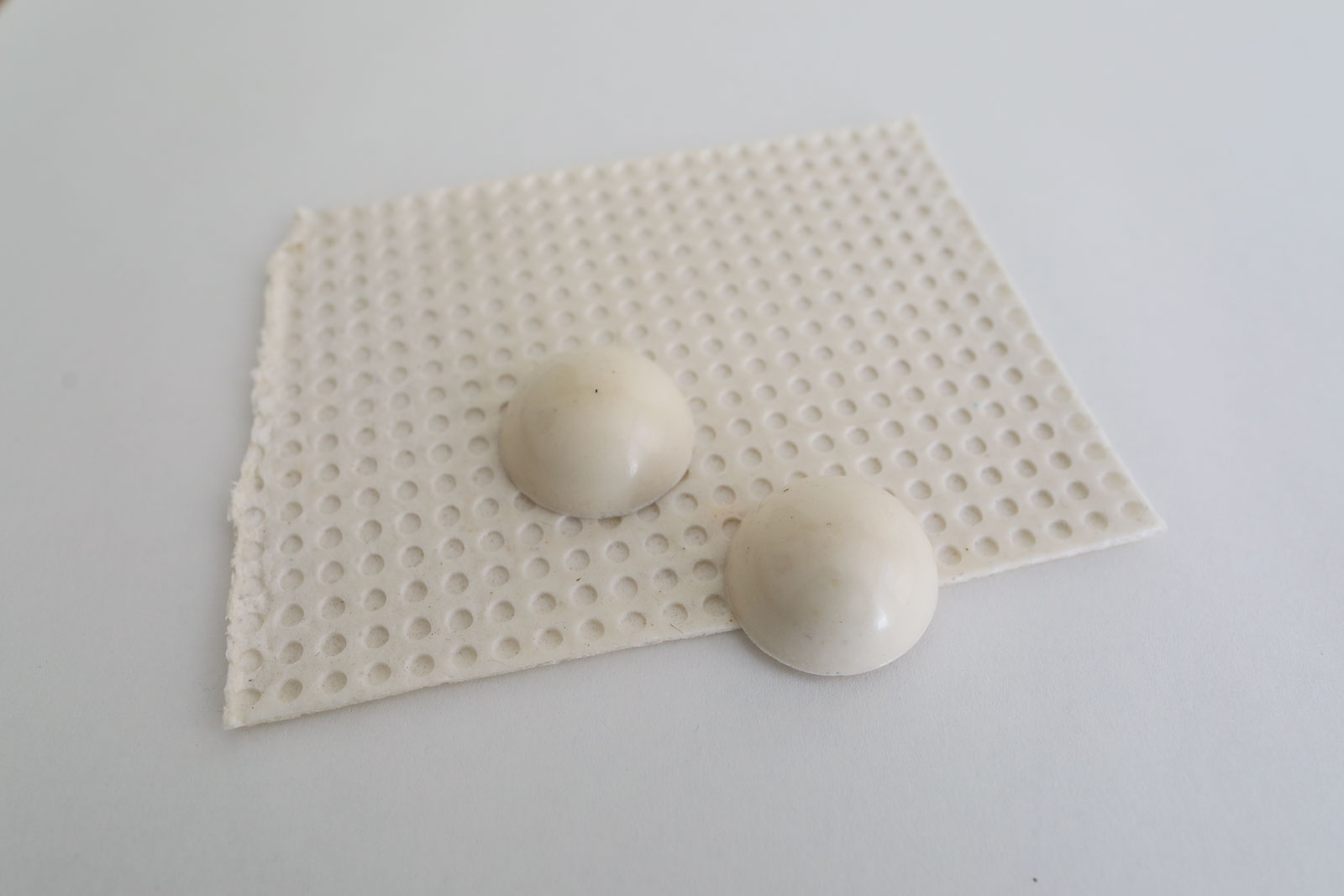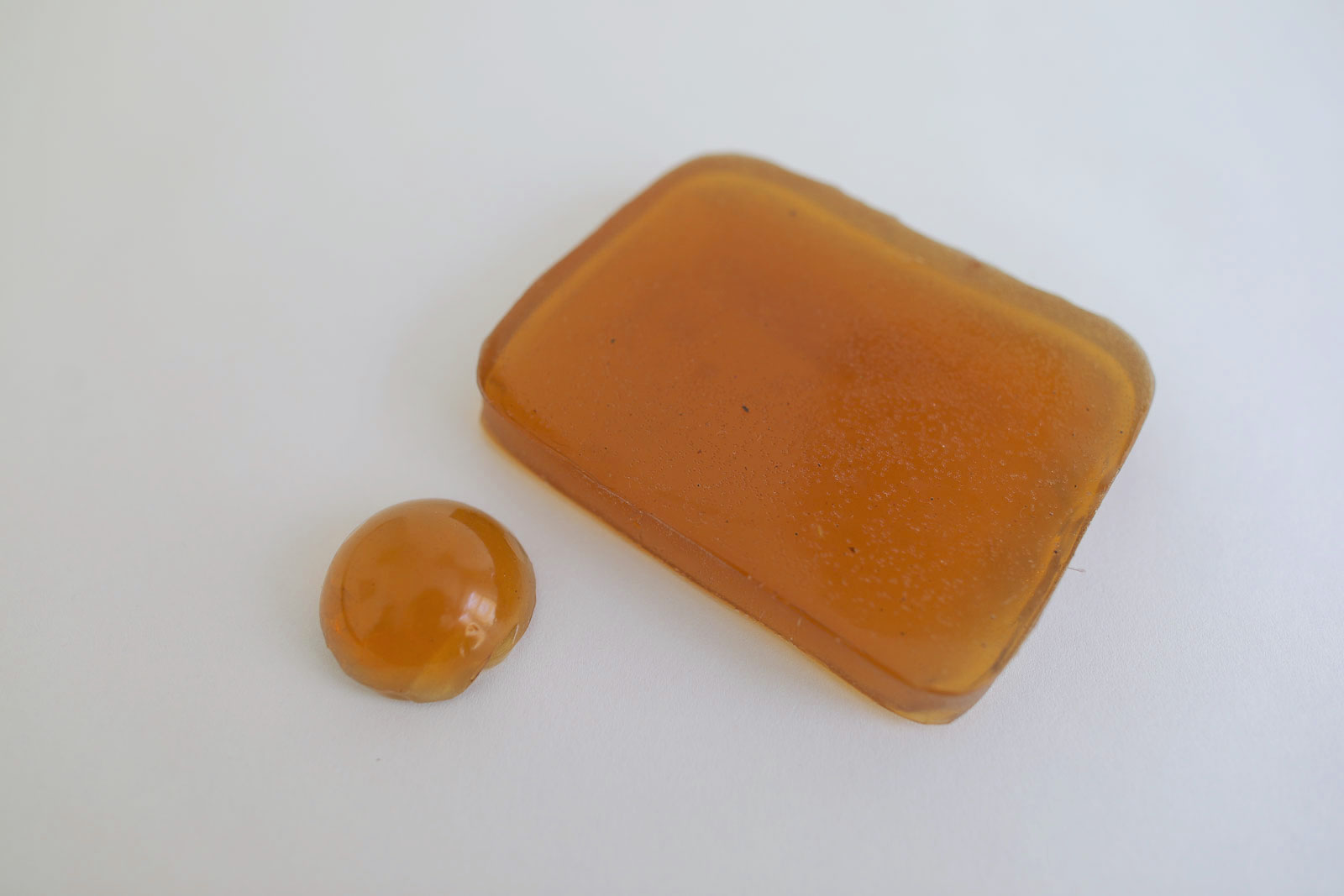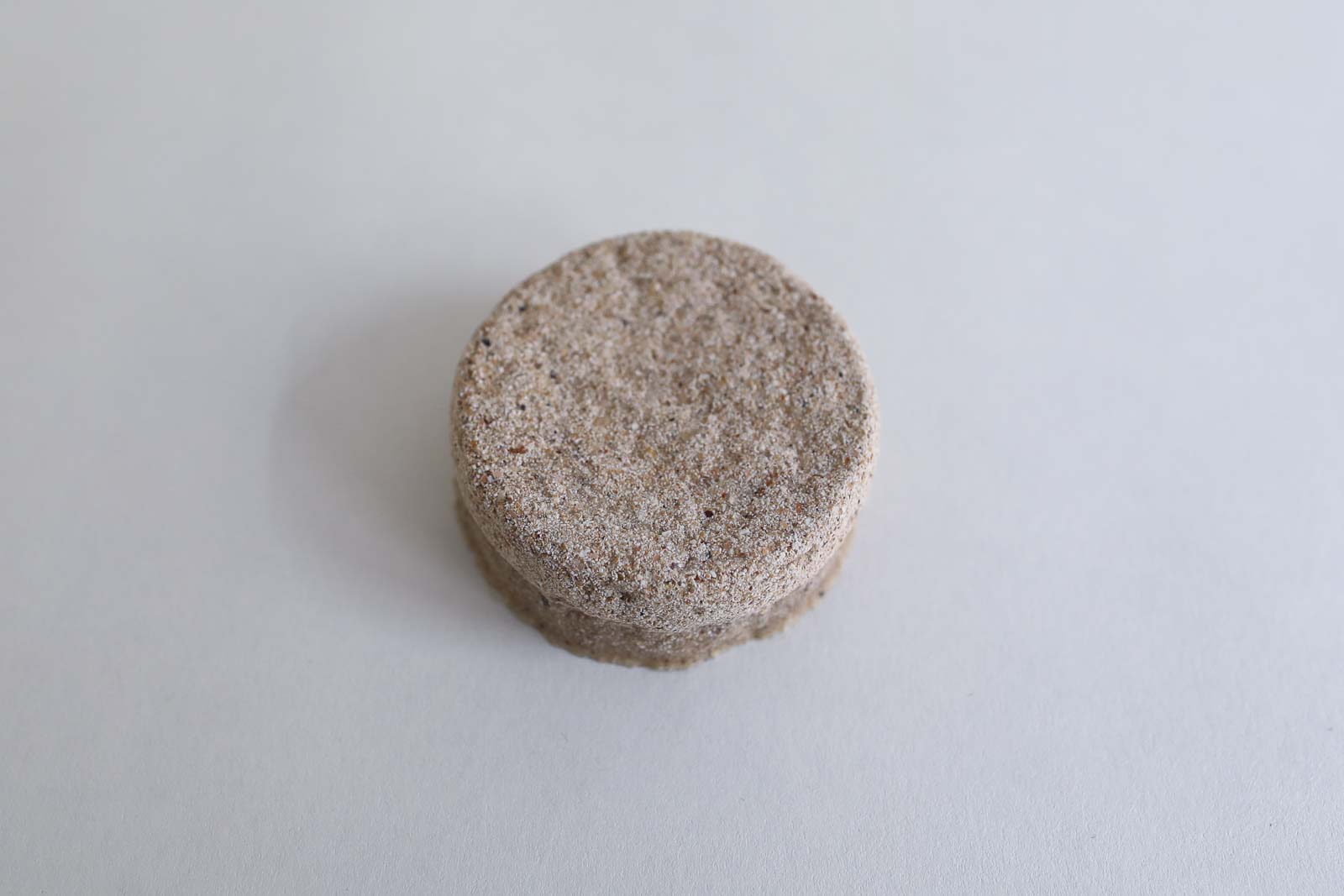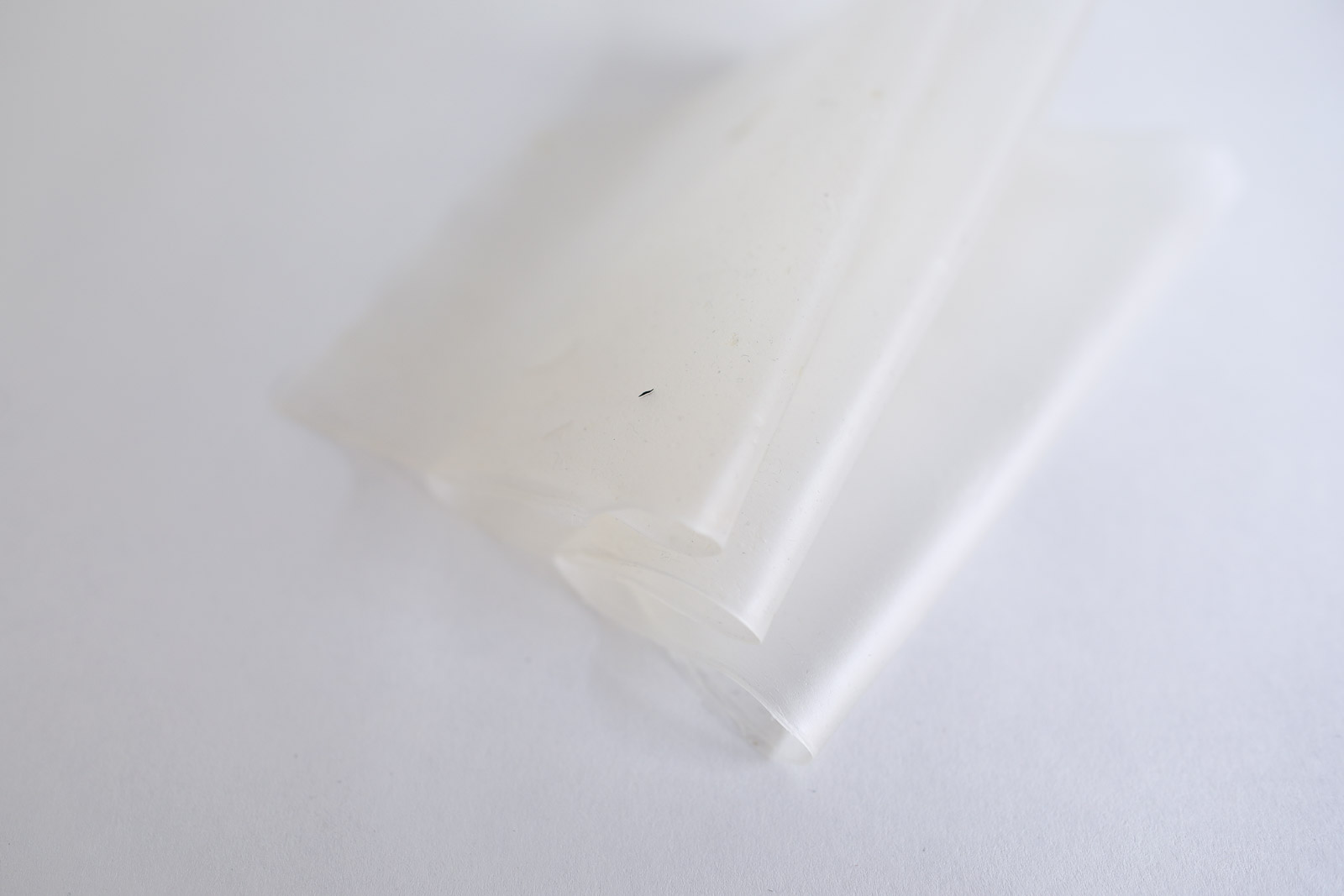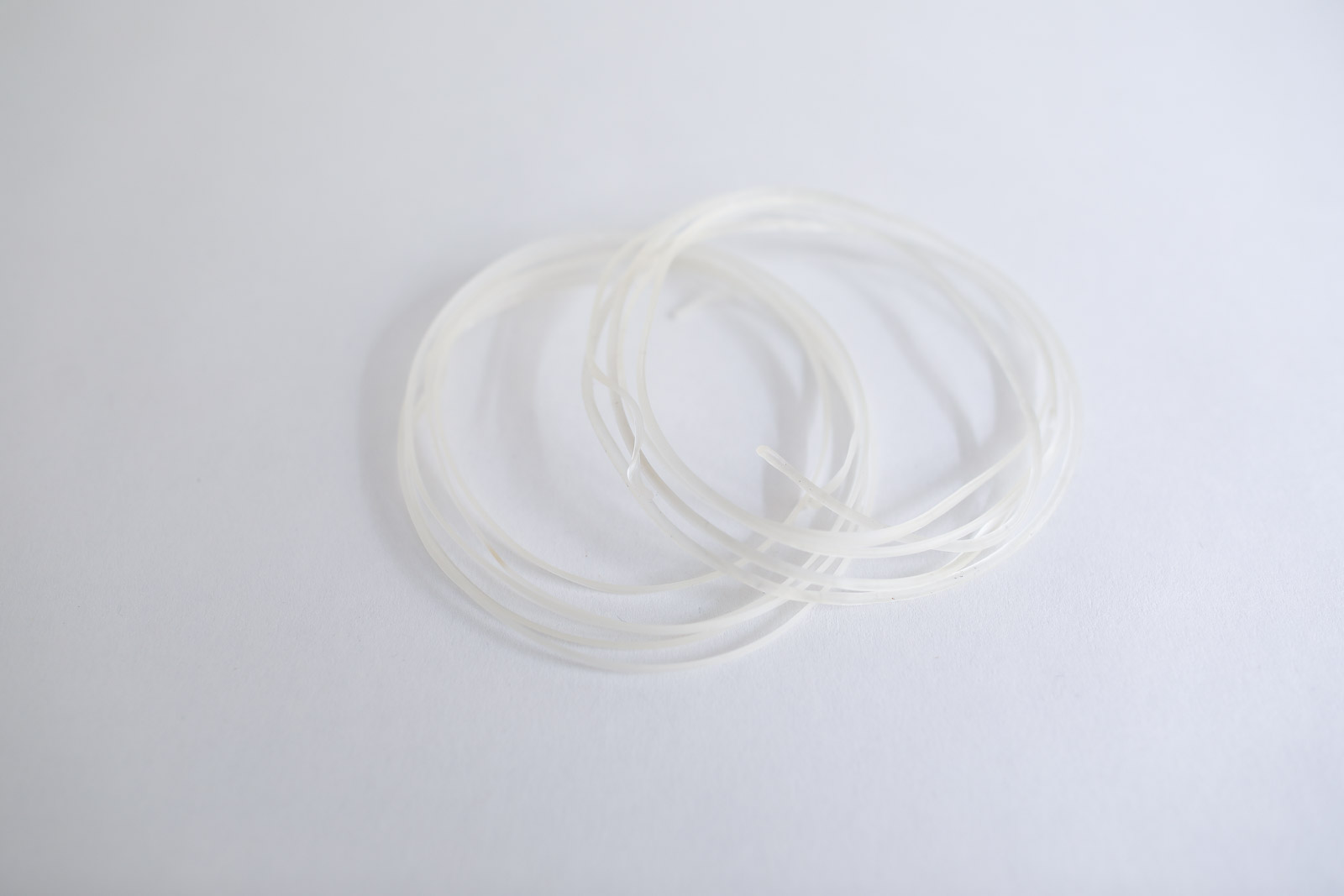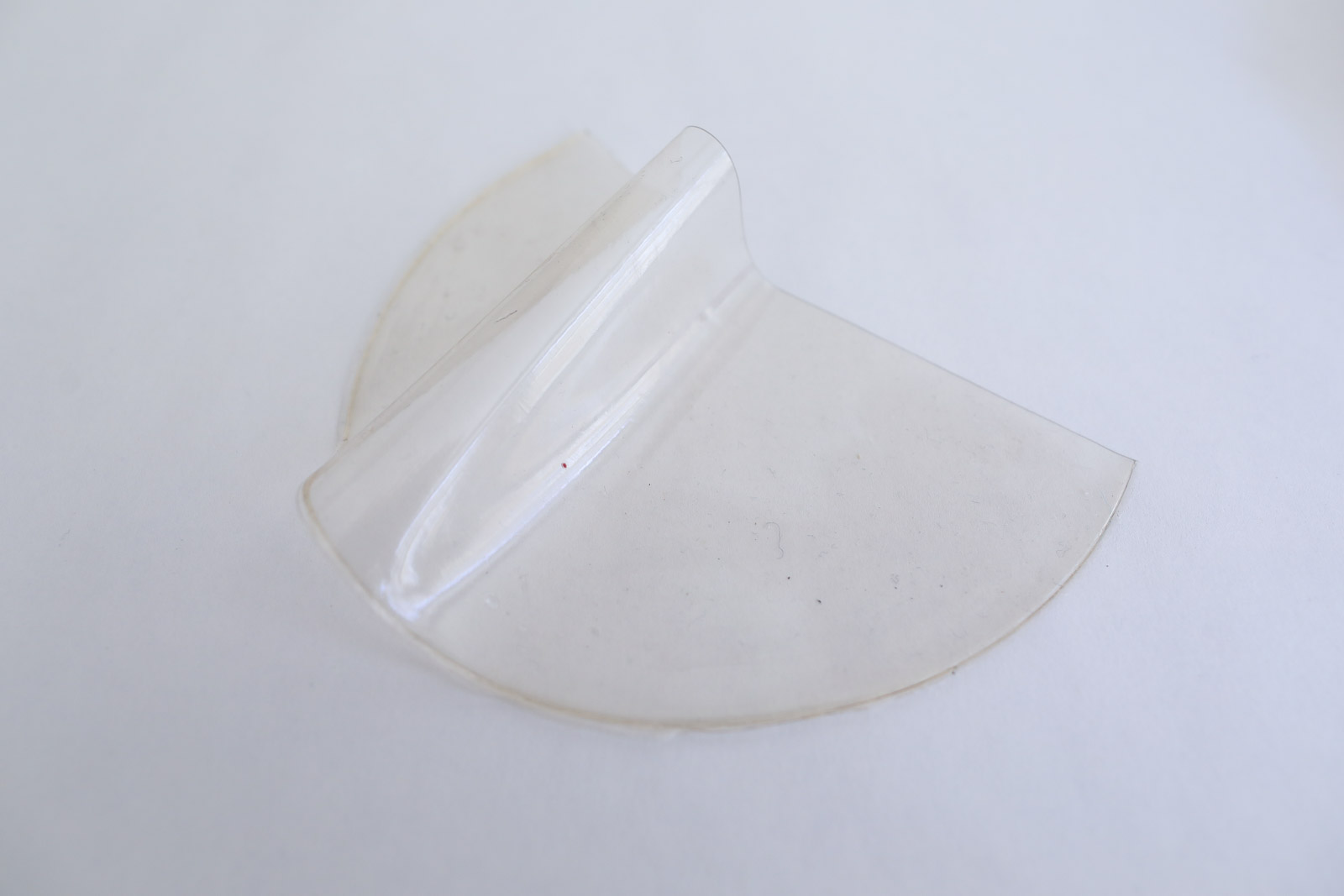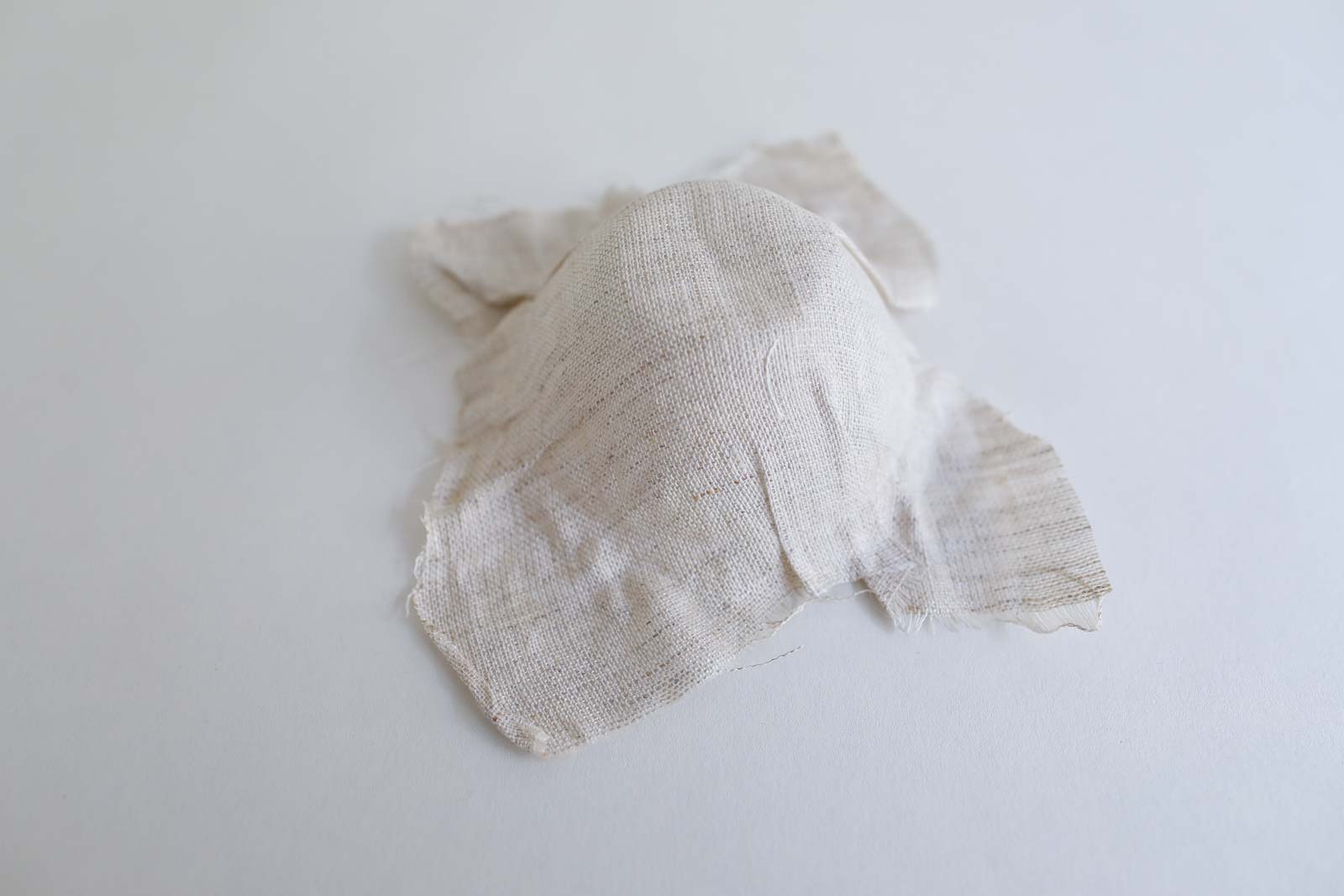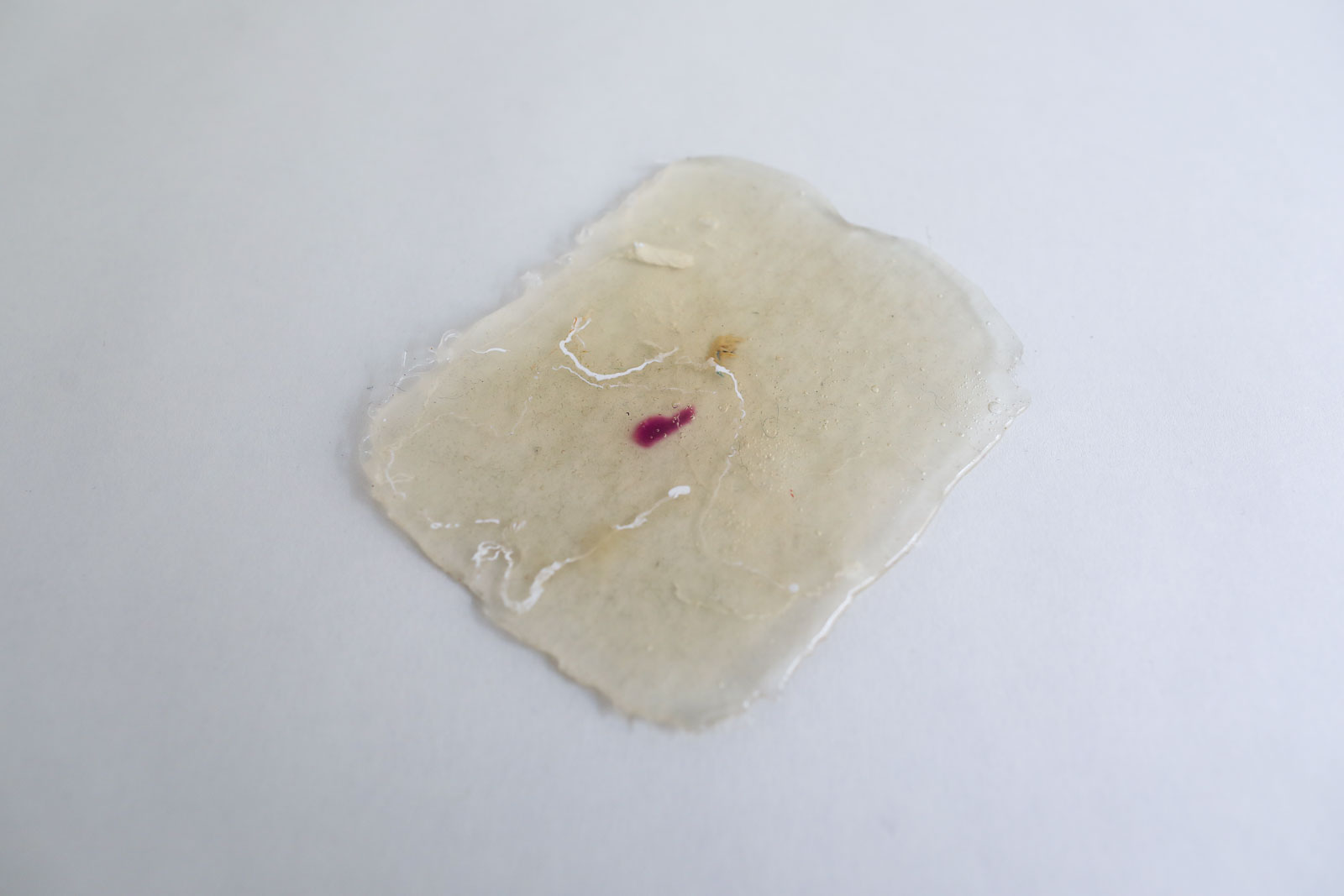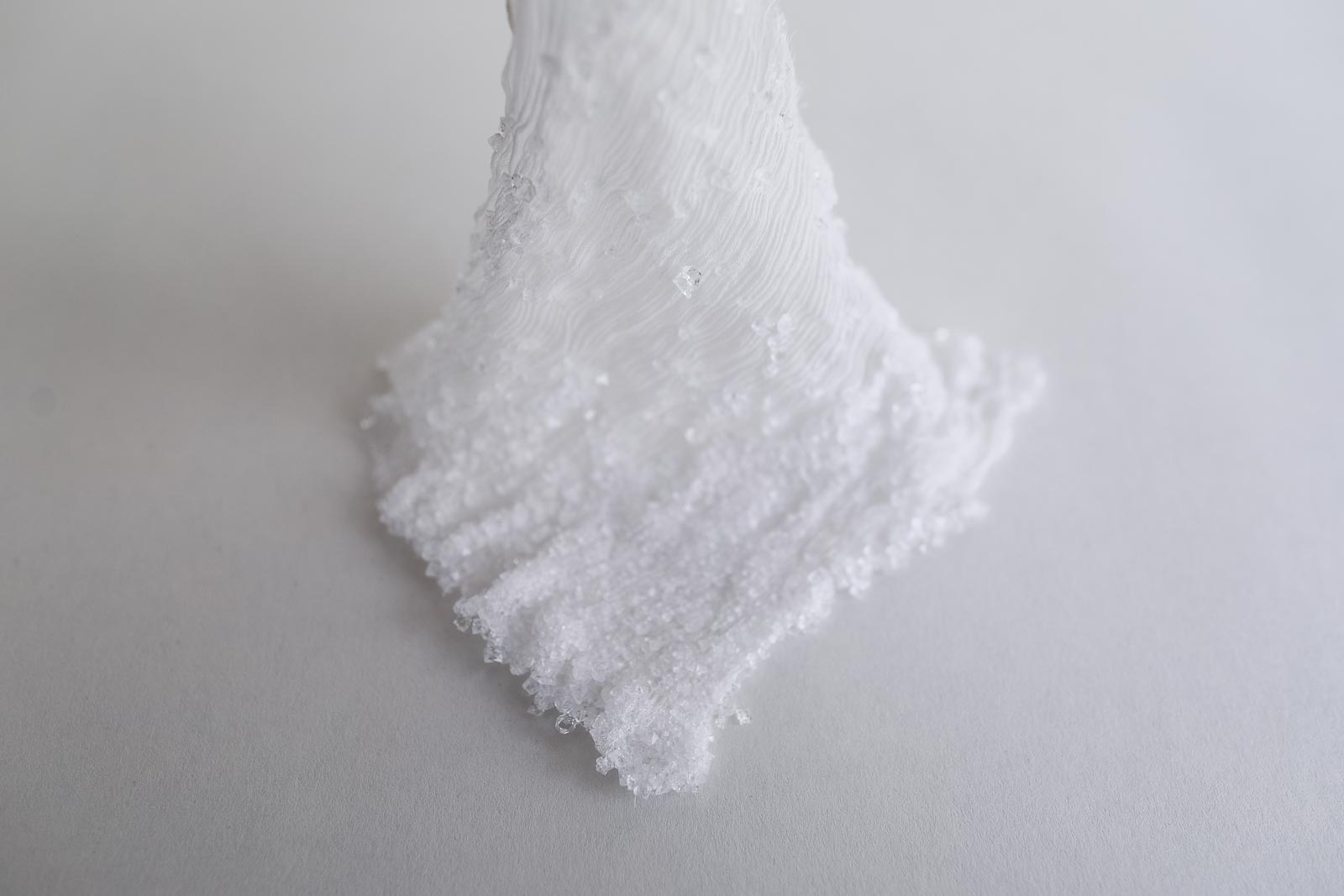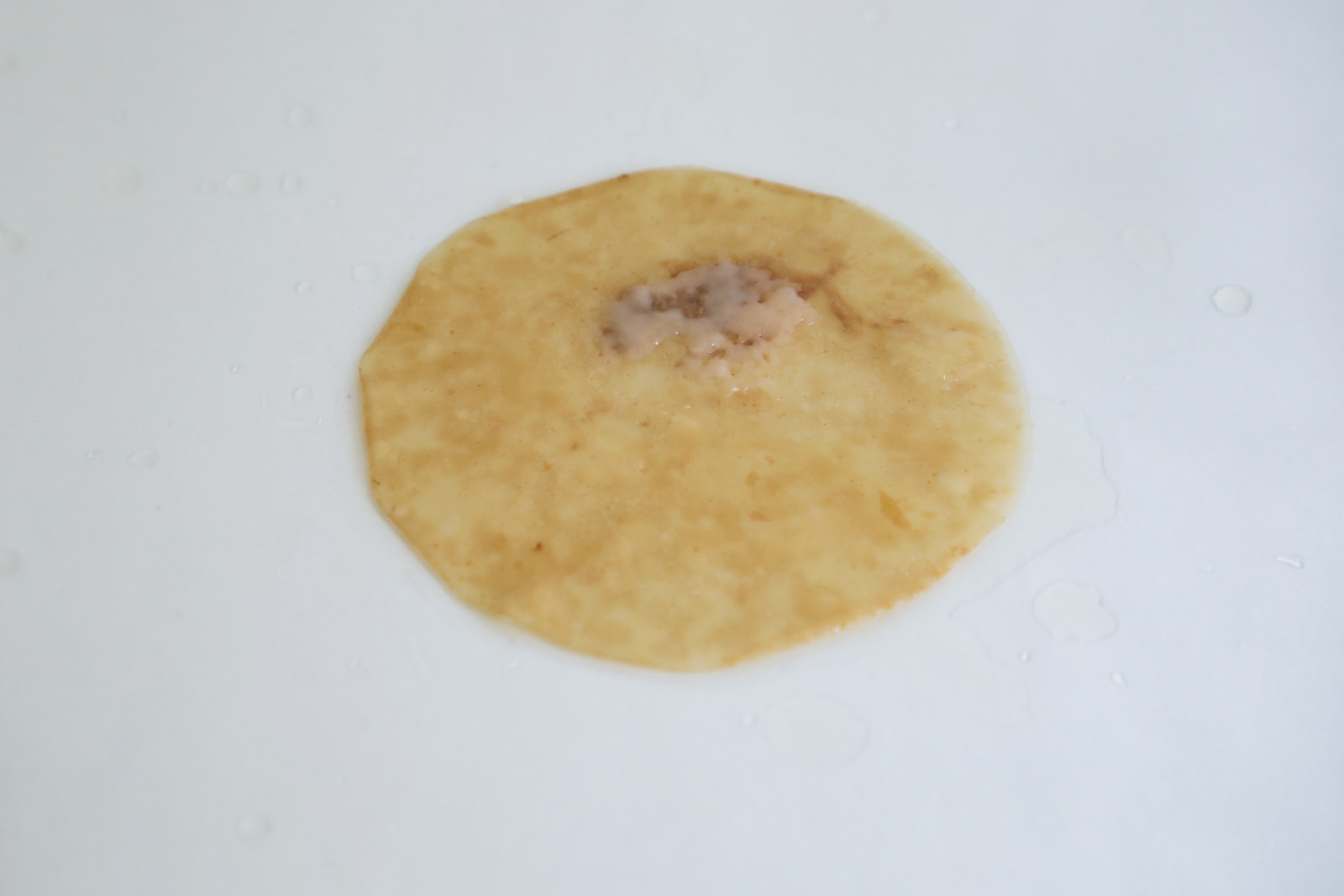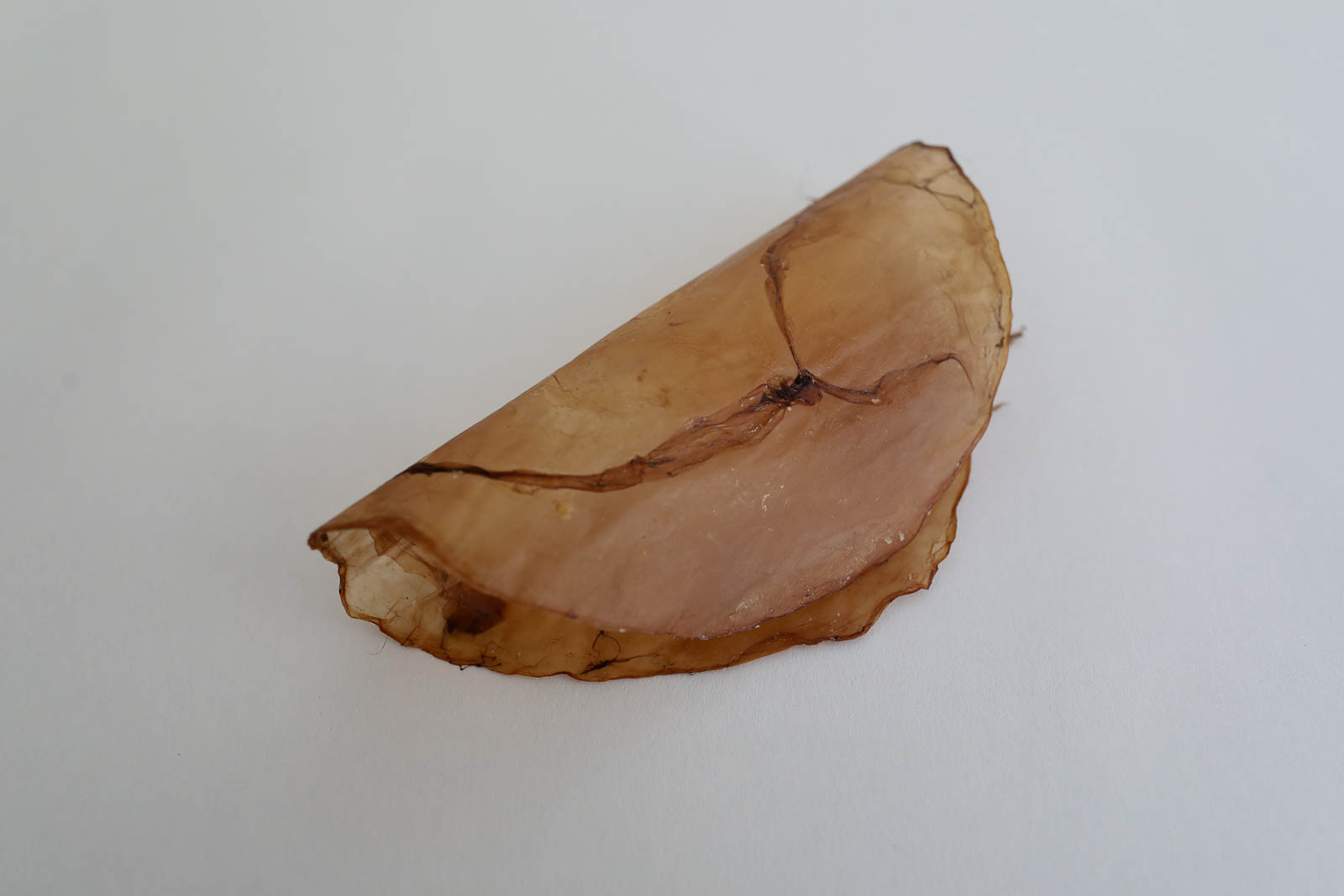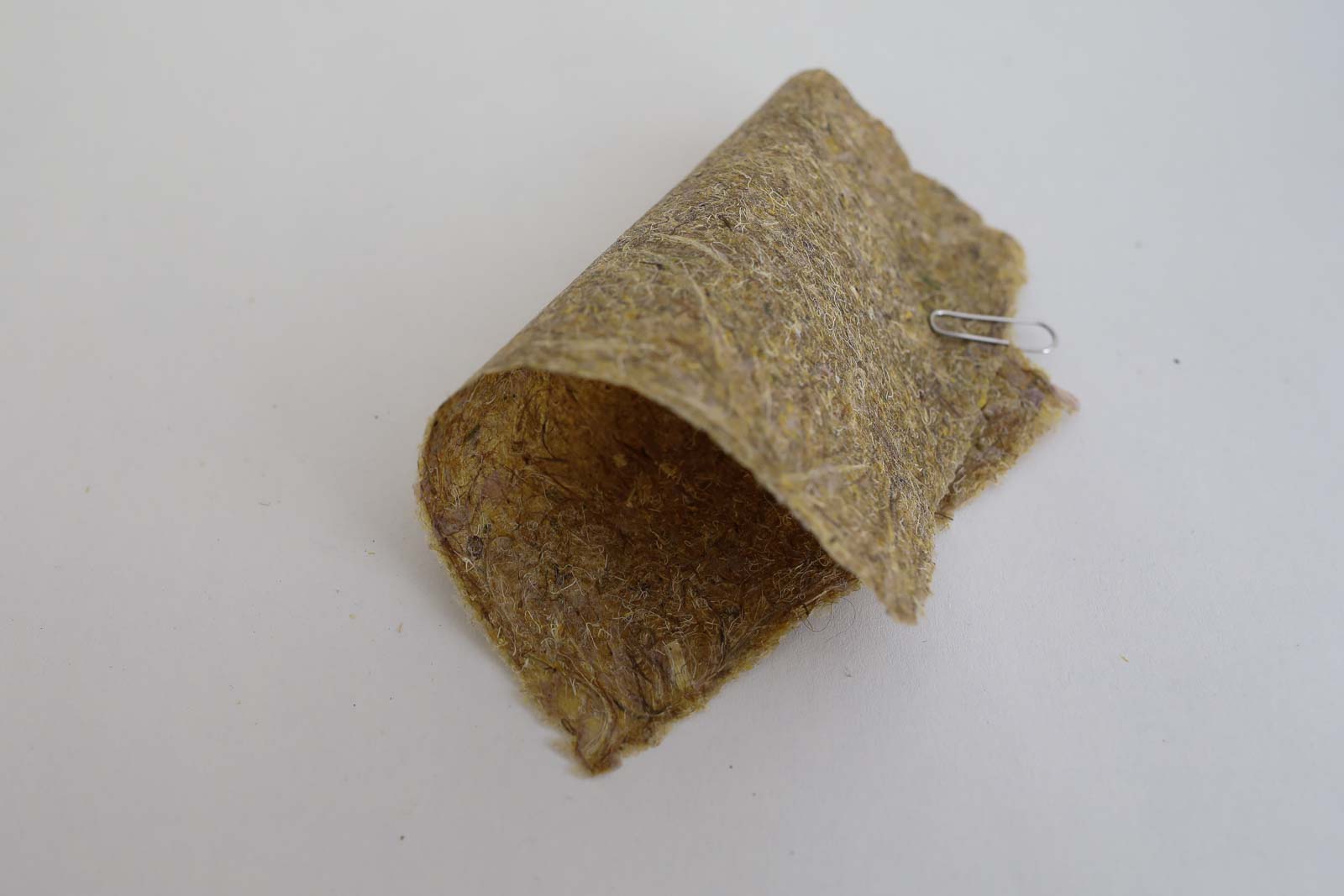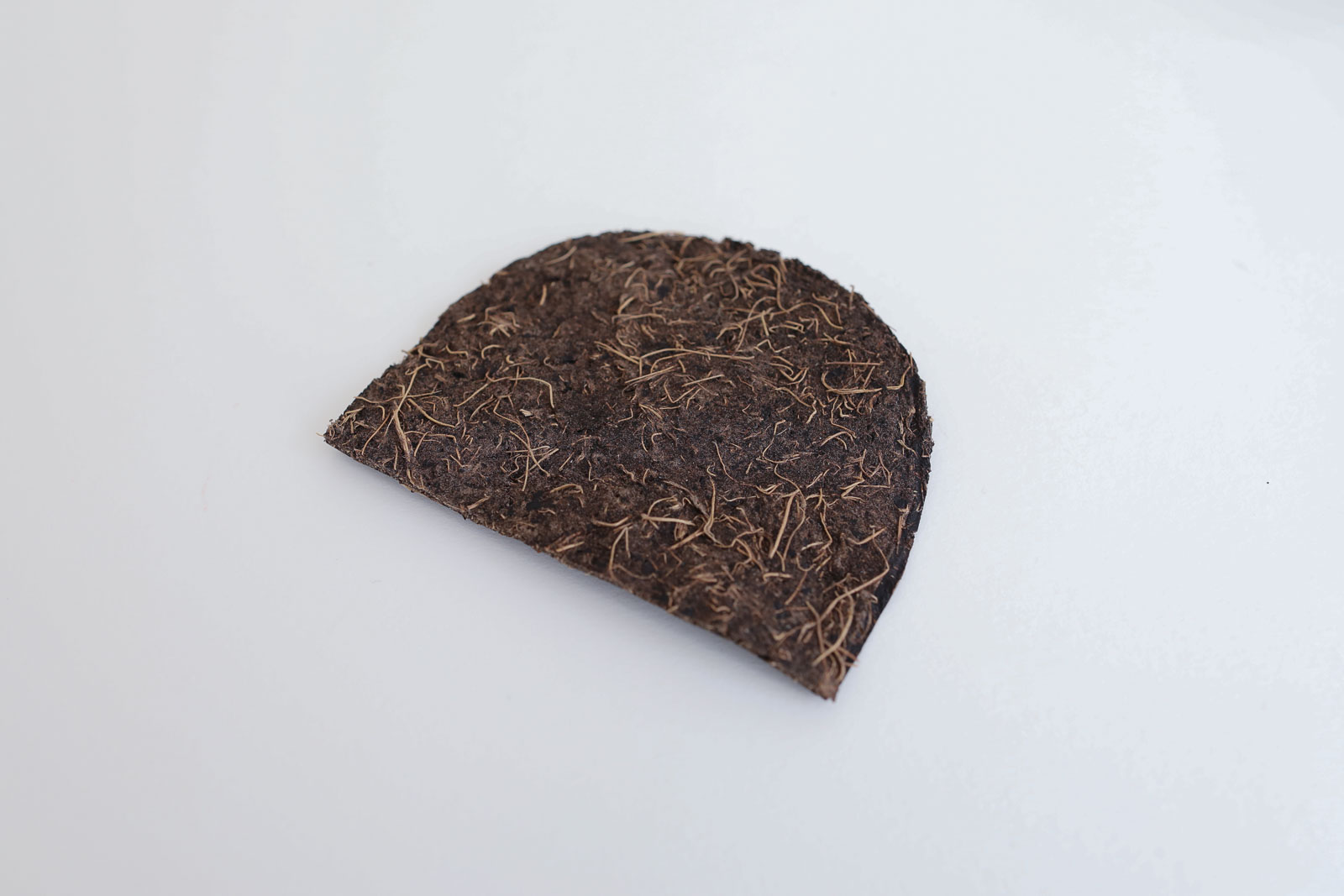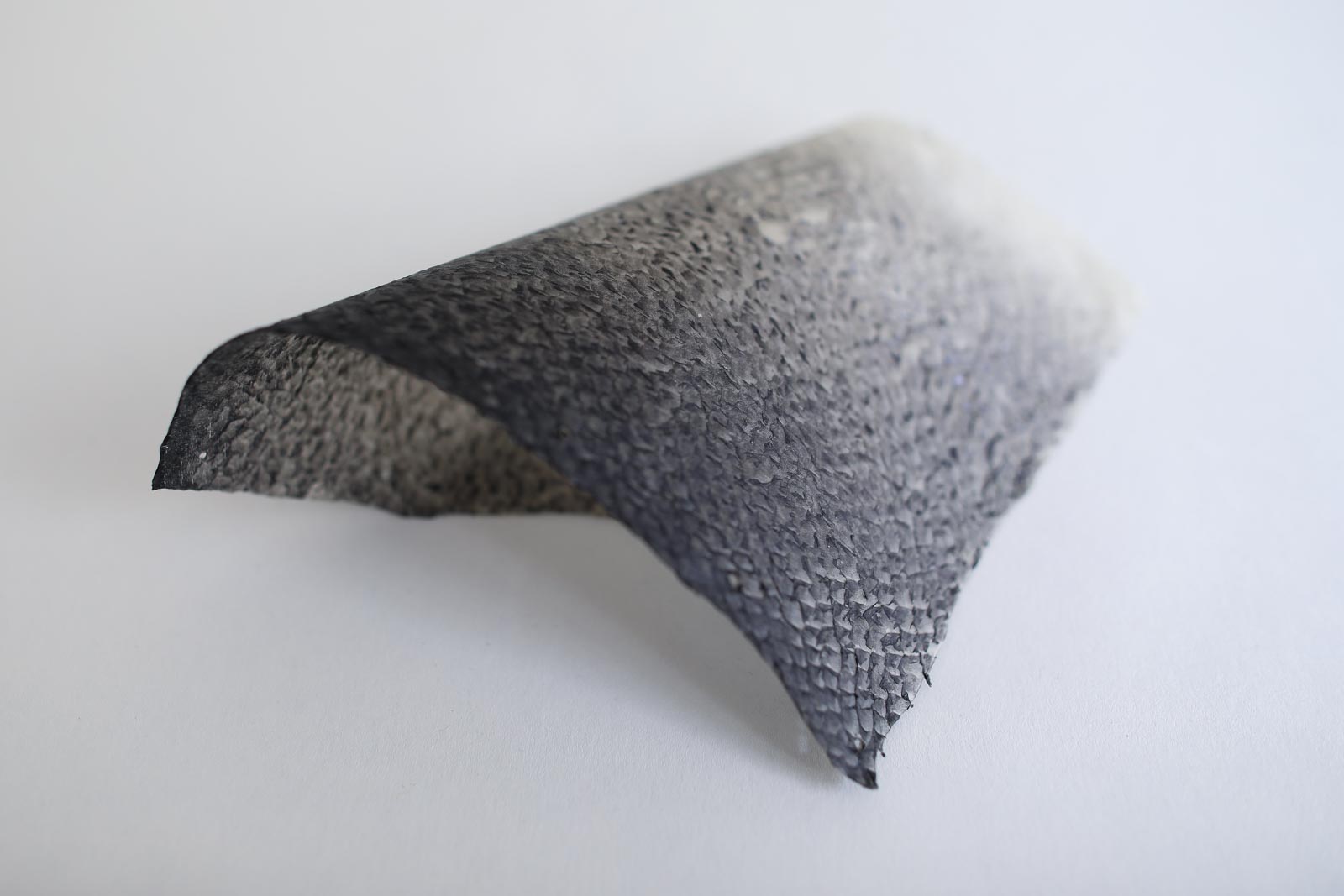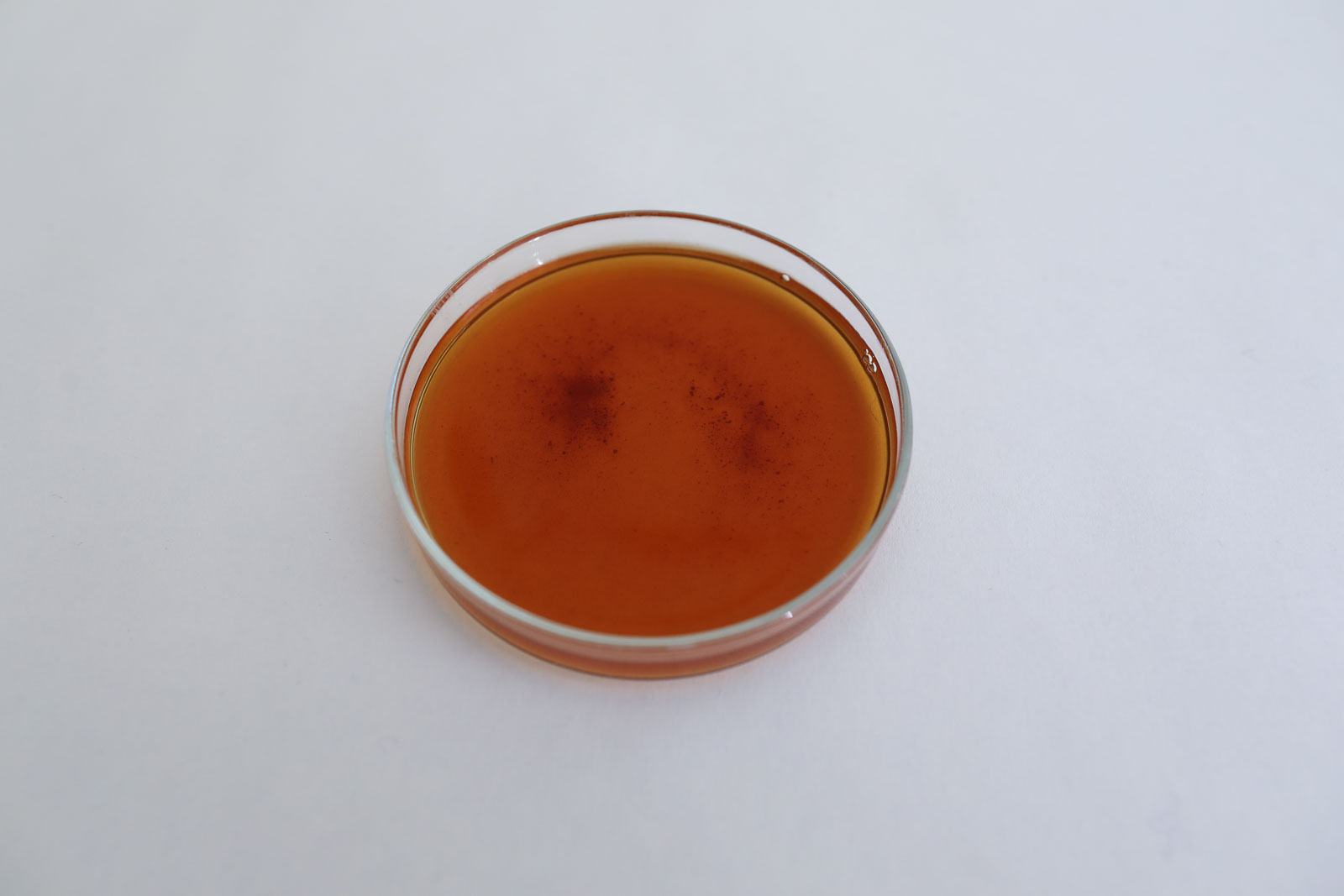24 recipes to start a local sample archive¶
These are the material samples I crafted over the course of this project. There were many more, but they did not make the cut when I'd set my criteria in stone. These recipes can also be used by anyone who wants to start of a local physical archive (maybe in your school, community center, research group or library). Crafting this basic collection will teach you the foundational techniques that many other recipes will build upon, and require you to collect the basic tools and ingredients you will need. By making this archive starter of material samples, you will learn some of the most important techniques to start your own R&D lab for design materials and you will have a variety of physical forms (solids, sheets, composites) to build upon. Further research is advised in case you wish to use any of these for commercial purposes (copyright info is listed in the recipes too, where known).
Selection criteria
- All these materials are easily and harmlessly absorbed by nature within 90 days and/or can be turned into compost, without controlled conditions that require industrial composting facilities. And/or the material can be re-used with no or little additional resources. Biodegradability as a sustainability label is too often used to greenwash e.g. disposable packaging materials, so these criteria were chosen as point of departure.
- Recipes should be based on local abundance: the ingredients should be sourced and/or produced around my location (e.g. potato starch over tapioca, and madder over cochineal).
- The collection of recipes chosen should cover a range of foundational biofabrication techniques
- Executing the recipes as documented should result in a variety of physical forms that makers and designers from different fields can recognize as semi-formed design materials.
Putting my recipe templates into practice
The recipes ask all the questions that came up during my learning and research process that formed the foundation for the recipe templates. Questions that come up as you learn might be: how do you know when to demould a bioresin? How long does it take before it reached its final form and doesn't shrink anymore? Where does this recipe even come from? What makes a material sustainable? If it is sustainable, what other arguments might there be that make a material contested or controversial to use? Are there dilemmas to consider? Some questions don't have answers yet because they require further research. Consider them invitations to continue the exploration.
 Biofabricating alginate string, Loes Bogers, 2020
Biofabricating alginate string, Loes Bogers, 2020
Sustainability beyond biodegradability
All the materials listed here are easily and harmlessly absorbed by nature within 90 days and/or can be turned into compost, without controlled conditions assuming industrial facilities, and/or the material can be re-used with no or little additional resources. Many - but not all - are vegan. This rather specific point of departure is important because biodegradability - especially in the realm of bioplastics - has become a very loosely used term that connotates "better" plastics, even though some bioplastics are chemically identical to petroleumbased options, even when they are crafted from "natural" ingredients like corn starch.
Tools and ingredients
I've compiled an overview of tools and materials needed to recreate these recipes in the Netherlands:
Future developments
I will design a display for these samples together with my students once the COVID-19 pandemic has subsided enough for us to acess the lab again. All the samples will be labeled and displayed to allow students and colleagues at my university lab to explore these materials, recipes, and start contributing to the collection with their own experiments.
